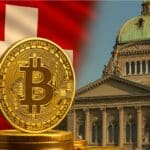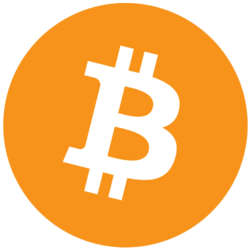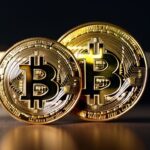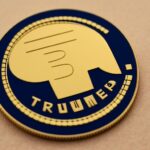Financial author Robert Kiyosaki has once again warned of a US economic collapse, predicting a crash worse than the Great Depression and urging investors to buy ‘Bitcoin, gold and silver. Kiyosaki made headlines this week with an updated forecast, Bitcoin to $1 million by 2035, gold to $30,000 and silver to $3,000.
- Kiyosaki Says 2025 is a “Make-or-Break” Year for Financial Freedom
- “The Great Depression Has Begun”: Take Action Before the Crash Peaks
- Analysts Split on $1M Bitcoin Target, But Macro Trends Support the Bull Case
- Fed Policy, Debt, Halving Cycle: Macro Tailwinds for BTC
- Buy Assets, Not Promises
- Conclusion: Bitcoin as Lifeboat or Mirage?
- Glossary
- References
These comments came as US debt levels are soaring, macroeconomic indicators are tanking and investors are getting anxious about fiat currency devaluation.
Kiyosaki Says 2025 is a “Make-or-Break” Year for Financial Freedom
In his April 21 post he wrote:
“Makes me sad: In 2025 credit card debt is at all time highs. US debt is at all time highs. Unemployment is rising. 401ks are losing. Pensions are being stolen. USA may be heading for a Great Depression.”
His sentiment is resonating with libertarians and crypto folks who think the current US monetary path is unsustainable.
His financial doctrine still emphasizes what he calls the “three pillars of financial protection”: gold, silver and Bitcoin. This trio, he says, is a hedge against inflation and systemic financial failure. The latest Robert Kiyosaki Bitcoin prediction is between $180,000 and $200,000, a price he thinks is realistic due to institutional buying, scarcity post-halving and growing distrust in fiat currencies.

“The Great Depression Has Begun”: Take Action Before the Crash Peaks
Kiyosaki has always used strong language to make his point. But his latest posts are more urgent than usual. He says the “crash has already started,” citing US debt ($35.5 trillion as of April 2025 according to the US Treasury), consumer credit is ballooning, and the labor market is weakening. He’s doubling down on silver, calling it “the biggest investment bargain today” as prices are still below all-time highs. At the time of his post, silver was around $35 per ounce, and he thinks it could go to $70 this year.
“If a poor person bought a few ounces of gold or silver or 1/2 of a bitcoin I predict they may become the new rich once this Depression is over,” he posted on April 23. He added: “The giant crash I predicted… the crash that is occurring now… may be the opportunity of your lifetime.”
Analysts Split on $1M Bitcoin Target, But Macro Trends Support the Bull Case
While Kiyosaki’s views are always controversial, several analysts agree that his long-term Bitcoin thesis has merit. Raoul Pal, CEO of Real Vision and former Goldman Sachs executive, has said Bitcoin could go to $1 million in the next 10 years if monetary debasement continues.
Pal told The Defiant in March 2025:
“If central banks keep inflating away debt through currency debasement, Bitcoin becomes your escape valve. A million-dollar Bitcoin is not crazy in that framework.”
But others say Kiyosaki’s $1 million BTC by 2035 is a pipe dream. Mark Yusko, CIO of Morgan Creek Capital, wrote in a February 2025 note:
“Forecasts should account for regulatory risk, macro volatility and geopolitical shocks.”
Fed Policy, Debt, Halving Cycle: Macro Tailwinds for BTC
Fed policy is shaping the macro landscape. Inflation has slowed recently (2.9% as of March 2025), but rates are still 5.25%, and borrowing costs are up, and debt servicing pressure is rising.
According to a recent Bank of America report, US credit card debt is over $1.3 trillion, and defaults are at a 13-year high. Since the April Bitcoin halving, block rewards have been cut from 6.25 to 3.125 BTC. Many see this as a perfect storm for Bitcoin’s mid to long-term value.
“Bitcoin thrives in uncertainty and the macro backdrop now is a perfect storm of monetary recklessness and digital scarcity,” said Katie Stockton, Managing Partner at Fairlead Strategies in an April 20 note to clients.
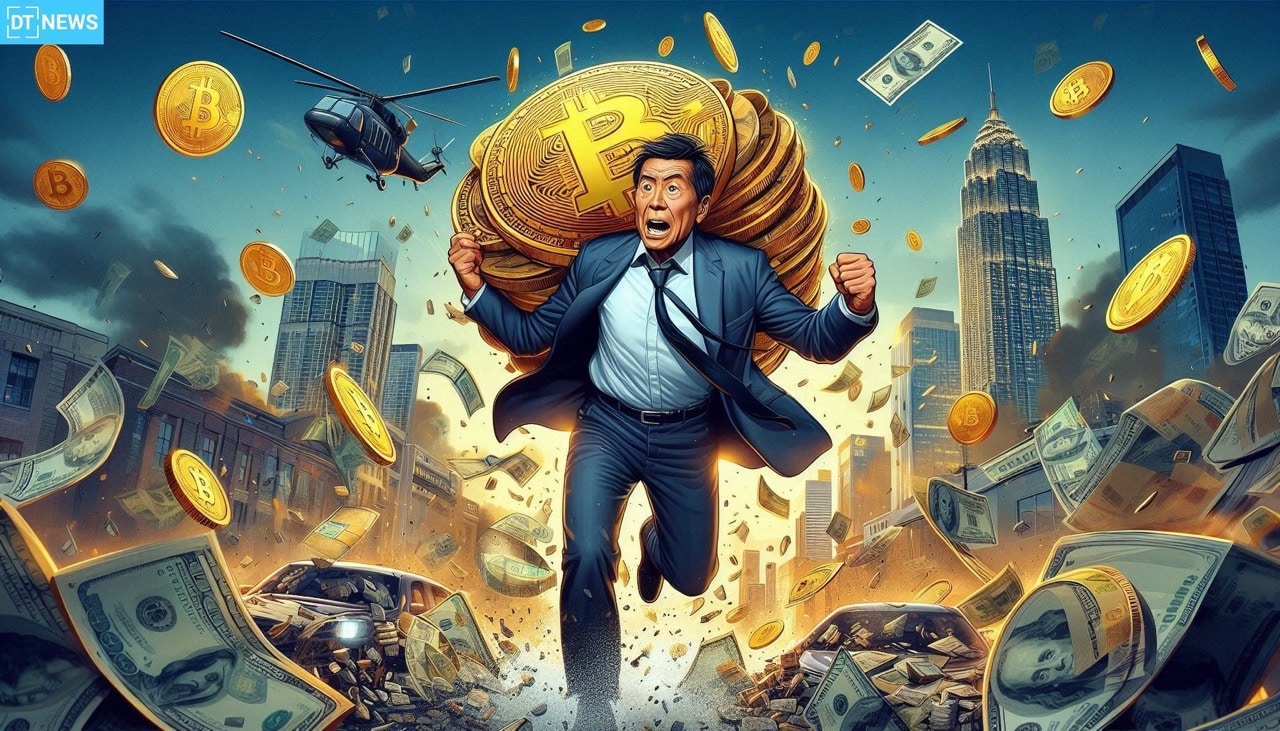
Buy Assets, Not Promises
Kiyosaki has repeatedly said he doesn’t trust fiat currency and calls the US dollar a “fake” and warns investors not to rely on government-backed retirement plans like 401(k)s. He says own physical and digital hard assets not paper claims.
“Those who wait in fear… will be the biggest losers,” Kiyosaki posted. “This crash is the opportunity of a lifetime, don’t waste it.”
His message is for those who are worried about dollar debasement, don’t trust central banks and are increasingly drawn to decentralized assets like Bitcoin.
Conclusion: Bitcoin as Lifeboat or Mirage?
Robert Kiyosaki’s Bitcoin predictions and warnings play off growing public fear of government debt, inflation, and economic inequality. Whether Bitcoin gets to $1 million by 2035 is unknown, but what is clear is that more and more investors are looking for alternatives to traditional finance.
His advice may be controversial but it’s relevant in an era where old rules are being rewritten. While not everyone agrees on the path, nobody disputes the premise.
FAQs
What is Robert Kiyosaki’s Bitcoin prediction?
Robert Kiyosaki Bitcoin prediction is that BTC ‘will hit $200,000 in 2025 and $1 million by 2035 due to economic instability and fiat devaluation.
Why does Kiyosaki recommend gold, silver, and Bitcoin?
He sees them as hedges against inflation, ‘government mismanagement and systemic risk.
Is Kiyosaki’s Great Depression warning new?
He’s been warning of a crash for years, but his tone is more urgent now with current debt and unemployment numbers.
Is Bitcoin a good hedge during economic downturns?
Some see Bitcoin as digital gold. But it’s also volatile and has regulatory risk making it a more complex hedge than traditional safe-haven assets.
How accurate has Robert Kiyosaki’s Bitcoin prediction been in the past?
His macro warnings have been right sometimes, but his specific asset calls like gold and Bitcoin have been mixed.
Glossary
Bitcoin (BTC): Decentralized digital currency with no central bank or single administrator, based on blockchain.
Halving: Event every 4 years where Bitcoin mining rewards are cut in half, reducing supply and historically affecting price.
Fiat Currency: Government-issued currency not backed by a physical commodity like gold.
401(k): Retirement savings plan sponsored by US employers where workers can save a portion of their paycheck pre-tax.
Inflation Hedge: Investment to protect against the decreased purchasing power of money due to inflation.







































































































